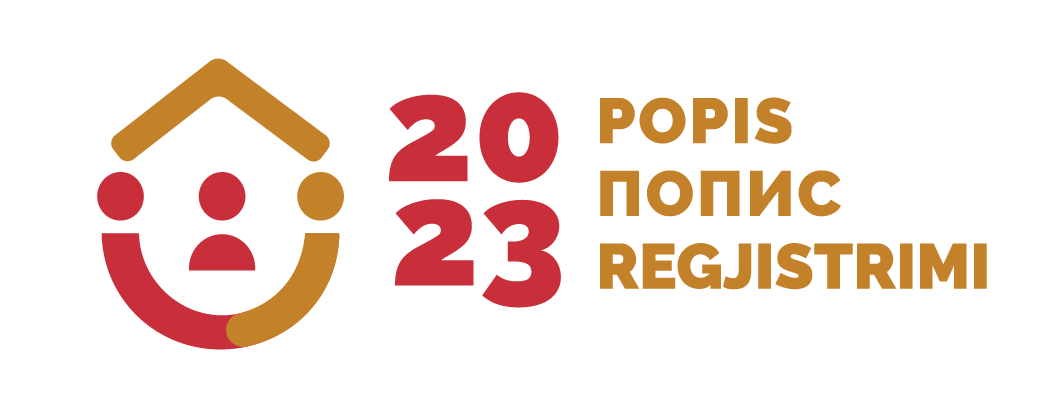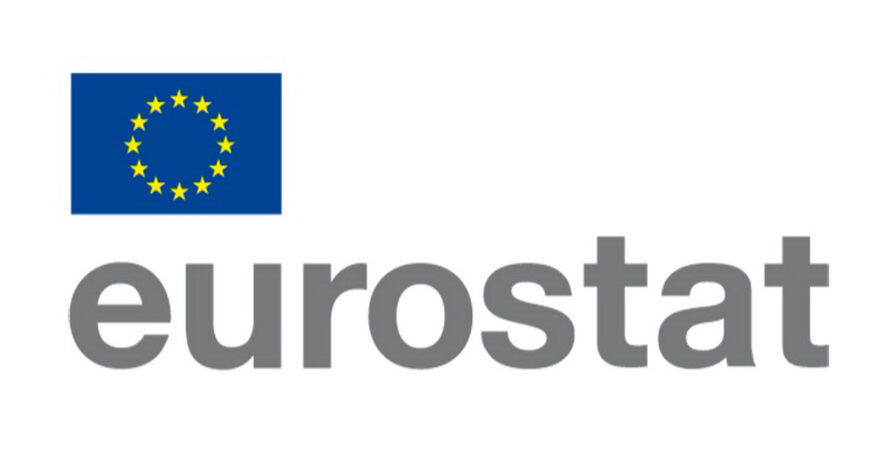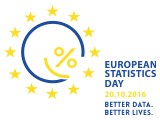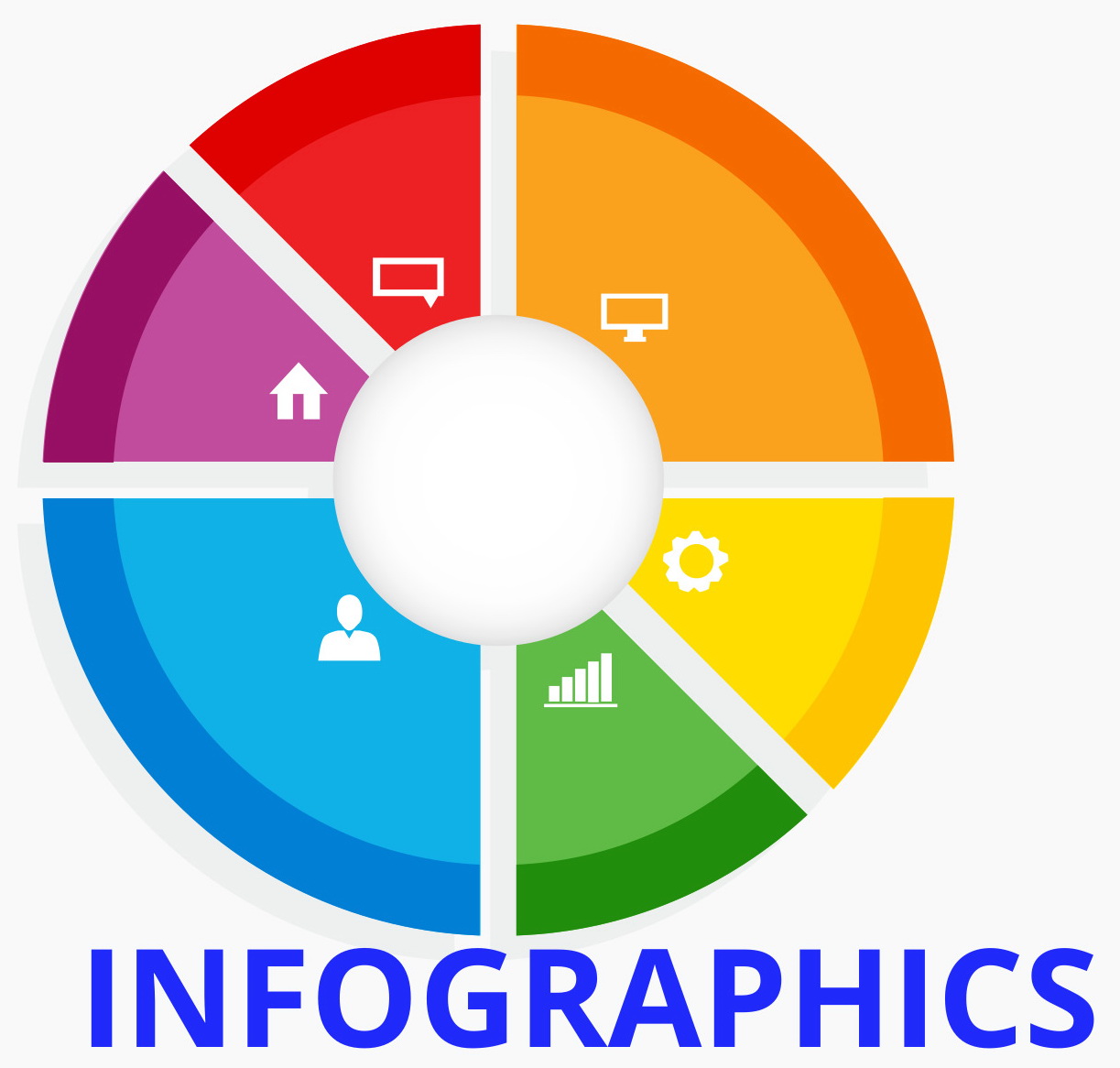| Category: |
Demographic and social statistics |
| Area: |
Social insurance |
| Survey / data collection: |
Statistics of income and living conditions - EU SILC |
Note: For any question on metadata, please contact MONSTAT metadata support.
| 1. Contact Vrh |
| 1.1. Contact organization: |
Statistical Office of Montenegro - MONSTAT |
| 1.2. Contact organization unit: |
Department of living conditions and social services |
| 1.2. Contact organization unit: |
IV Proleterske 2, 81000 Podgorica, Montenegro |
| 2. Metadata update Top |
| 2.1. Metadata last certified: | |
| 2.2. Metadata last posted: | 29 December 2023 |
| 2.3. Metadata last update: | 25/08/2022 |
| 3. Statistical presentation Top |
| 3.1. Data description: | Survey on income and living conditions - EU SILC annually provides comparable data on income, poverty, social exclusion and living conditions. |
| 3.2. Classification system: | ISCED 1997, ISCED 2011, NACE Rev. 2, ISCO 08 |
| 3.3. Sector coverage: | Not relevant. |
3.4. Statistical concepts and
definitions: | At-risk-of-poverty rate means a share of persons (in total population) whose equivalised disposable income is below the relative poverty line. These persons are not necessarily poor, but they are at higher risk to be poor.
At-risk-of-poverty threshold (relative poverty line) represents 60% of the median of national equivalised disposable income of all households and it is expressed in euro.
Quintile share ratio (S80/S20) compares the total equivalised disposable income of the upper income quintile (20% of the population with the highest equivalised income) with those from the lower income quintile (20% of the population with the lowest equivalised income). It is an indicator of income inequality which measures the relationship between the first and fifth income distribution quintals.
Gini coefficient in this survey represents the measure of inequality in the distribution of equivalised disposable income. The value of this coefficient goes within the interval from 0 to 100, where 0 represents perfect equality, i.e. each person in society has equal income. The closer to 100 the value is, the income inequality is higher. |
| 3.5. Statistical unit: | Households and household members age 16 and over. |
| 3.6. Statistical population: | Households in Montenegro and household members age 16 and over. |
| 3.7. Reference area: | Montenegro |
| 3.8. Time coverage: | Data are available for the period from 2013 to 2020. |
| 3.9. Base period: | Not relevant. |
| 5. Reference period Top |
| The reference period represents the time period to which the data collected by the survey relates. Survey on income and living conditions uses the following reference periods for different items:
- The income reference period shall be a 12-month period i.e. such as the previous calendar year;
- The reference period for material deprivation is the day of the interview;
- Childcare reference period - the childcare reference period shall be a typical (usual) week around the interview. If the date of the survey is before or during the school summer holidays, the childcare reference period shall be a typical week in the period from January to the date of interview. |
| 6. Institutional mandate Top |
6.1. Legal acts and other
agreements: | The Law on Official Statistics and Official Statistical System (Official Gazette of Montenegro No 018/12 and 047/19) defines provisions for collection, processing and dissemination of data. The Law provides to the Statistical Office legal powers to collect and access the data necessary for the implementation of Programme and Annual Plan. The Law gives a priority to the use of administrative data and right of access to individual data that are a result of survey of other official statistical producers. As an annex to legal provisions, Statistical Office has signed several memoranda on cooperation with administrative data providers. EU regulations defining this area of statistics:
Indicative regulation:
1. REGULATION (EC) No 1177/2003 OF THE EUROPEAN PARLIAMENT AND OF THE COUNCIL of 16 June 2003 concerning Community statistics on income and living conditions (EU-SILC).
Implementation regulations:
1. COMMISSION REGULATION (EC) No 1980/2003 of 21 October 2003 implementing Regulation (EC) No 1177/2003 of the European Parliament and of the Council concerning Community statistics on income and living conditions (EU-SILC) as regards definitions and updated definitions;
2. COMMISSION REGULATION (EC) No 28/2004 of 5 January 2004 implementing Regulation (EC) No 1177/2003 of the European Parliament and of the Council concerning Community statistics on income and living conditions (EU-SILC) as regards the detailed content of intermediate and final quality reports;
3. Commission Regulation (EC) No 1981/2003 of 21 October 2003 implementing Regulation (EC) No 1177/2003 of the European Parliament and of the Council concerning Community statistics on income and living conditions (EU-SILC) as regards the fieldwork aspects and the imputation procedures;
4. COMMISSION REGULATION (EC) No 1982/2003 of 21 October 2003 implementing Regulation (EC) No 1177/2003 of the European Parliament and of the Council concerning Community statistics on income and living conditions (EU-SILC) as regards the sampling and tracing rules;
5. COMMISSION REGULATION (EC) No 1983/2003 of 7 November 2003 implementing Regulation (EC) No 1177/2003 of the European Parliament and of the Council concerning Community statistics on income and living conditions (EU-SILC) as regards the list of target primary variables;
6. COMMISSION REGULATION (EU) 2015/2256 of 4 December 2015 amending Regulation (EC) No 1983/2003 implementing Regulation (EC) No 1177/2003 of the European Parliament and of the Council concerning Community statistics on income and living conditions (EU-SILC) as regards the list of target primary variables - DOCUMENT 065. |
| 6.2. Data sharing: | The data is sent regularly to Eurostat via the e-DAMIS web portal. |
| 7. Confidentiality Top |
| 7.1. Confidentiality - policy: | Articles 53-60 of the Law on Official Statistics and Official Statistical System (Official Gazette of Montenegro No 018/12 and 047/19) provide a framework for protection, use and transmission of confidential data. MONSTAT has produced two comprehensive rulebooks that cover the procedures for individual data protection as well as keeping individual records. With purpose of the meeting legal framework on functioning of security system and statistical confidentiality there was adopted the Rulebook on Keeping Statistical Data by which Manner, Time, Technical Conditions and Organization of Statistical Data Storage to Prevent Their Destroying, Misappropriation, and Unauthorized Use is Regulated as well as the Rulebook on Contents and Manner of Keeping Records on Users of Individual Statistical Data by which contents and manner of keeping records on users of individual statistical data is regulated.
Pursuant to the Article 59, an access to the confidential data is limited to persons performing duties and tasks of official statistical producer and up to the stage the data are necessary for official statistical production. Persons that performs duties and tasks within official statistical producers must sign the statement on respecting the principle of confidentiality.
Law on Official Statistics and Official Statistical System is aligned with the Regulation No 223/2009 and the Regulation (EU) 2015/759 from 29 April 2015 that also regulate confidentiality provisions. The Government of Montenegro adopted the Statement on Commitment of Confidence in Official Statistics (Commitment of Confidence). |
7.2. Confidentiality - data
treatment: | Confidentiality of statistical data is guaranteed by law. The employees in official statistical institutions, upon taking over the authority, sign official statements on respecting confidentiality of data. Interviewers, instructors, controllers and other persons performing tasks related to the interviewing, by signing a confidentiality statement, are obliged to keep all the data collected from the persons interviewed, which are related to their personal, family and property, as an official secret. When processing the data collected through the survey, aggregation is carried out at the level at which the reporting unit cannot be identified.
Physical and technological conditions have been provided for the protection of the security and integrity of statistical databases. Strict protocols are applied for external users who access statistical microdata for research purposes. |
| 8. Release policy Top |
| 8.1. Release calendar: | The Law on Official Statistics and Official Statistical System (Official Gazette of Montenegro No 018/12 and 047/19) stipulates that official statistical producers prepare, update and publish Statistical Release Calendar. It is published on the website of Statistical Office not later than 20 December for the next year, for all official statistical producers that includes date of releasing statistical data. Any change in date of releasing in the Calendar is published in advance in accordance with the Procedure on Unplanned Revisions. |
| 8.2. Release calendar - access: | Statistical Release Calendar is avaliable on the following link: http://www.monstat.org/eng/page.php?id=12&pageid=12 |
| 8.3. User access: | General aim of official statistical producer is to meet the needs of users, and to make an access to statistical data to users in an understandable manner, simultaneously and under the same conditions. Statistical Office is obliged to produce and disseminate official statistics in objective, transparent and professional manner, so that all users are equally treated. |
| 10. Accessibility and clarity Top |
| 10.1. News release: | The Release of Survey on Income and Living Conditions is published on the following link: http://monstat.org/eng/page.php?id=1587&pageid=1431 |
| 10.2. Publications: | All publication published by Statistical Office are available at the following link: http://monstat.org/eng/publikacije.php |
| 10.3. Online database: | Not avaliable. |
| 10.4. Micro-data access: | The Law on Official Statistics and Official Statistical System (Official Gazette of Montenegro No 018/12 and 047/19) regulates rules under which external users can obtain an access to individual data for needs of research. Article 58 defines types of scientific and research organizations that can obtain such data. Providing individual data without identifier is possible only upon a written request of scientific and research institutions, with purpose of performing scientific and research activities as well as international statistical organizations and statistical producers from other countries. Research entity signs the agreement with Statistical Office, and it signs the statement on respecting the confidentiality principle.
Official statistical producers keeps a separate records on users and purpose of using the statistical data given to these users. |
| 10.5. Other: | Not avaliable. |
10.6. Documentation on methodology:
domain: | The methodological explanations of the indicators of relative poverty are found in the Release of Survey on Income and Living Conditions, published at: https://www.monstat.org/eng/page.php?id=1531&pageid=1 |
| 10.7. Quality documentation: | The Law on Official Statistics and the Official Statistical System ("Official Gazette of Montenegro" No 018/12 and 047/19) defines the commitment to quality, which ensures that producers of official statistics in Montenegro work and cooperate in accordance with international principles of quality of the statistical system.
In accordance with the ESS Quality Declaration, Article 338 of the Treaty on the Functioning of the EU, Regulations 759/2015 and 223/2009 and the European Statistics Code of Practice, the following documents are adopted:
1. Quality Strategy of the Statistical Office
2. Guide for the implementation of the Quality Strategy in the Statistical Office;
3. Implementation plan |
| 11. Quality management Top |
| 11.1. Quality assurance: | Statistical Office has chosen the implementation of elements of TQM (Total Quality Management) model that foster development and improvement of functioning of:
- Institution,
- Official statistical result production and
- Individual.
Within middle-term deadline, Statistical Office has chosen the TQM implementation through the following objectives:
1. Strong commitment to users and other interested parties,
2. Quality statistical processes and products,
3. Professional orientation of staff members,
4. Constant improvements,
5. Reduction of overburden of reporting units. |
| 11.2. Quality assesment: | Not available. |
| 12. Relevance Top |
| 12.1. User needs: | International users:
- Eurostat
- World Bank
- UN organizations
- International Monetary Fund
National users:
- Ministries and other public administration bodies
- Local government and other local government bodies
- Central bank
- Non-governmental organizations
- Students
- Researchers
- Media |
| 12.2. User satisfaction: | The Statistical Office has adopted the Quality Management Strategy, the Guidebook to the Implementation of the Quality Management Strategy, as well as the Plan for the Implementation of the Quality Policy.
In order to measure the degree to which fulfills obligations towards users and within the new quality policy, the Statistical Office conducted User satisfaction survey. The results of the survey are available on the Statistical Office website, link: http://monstat.org/uploads/files/2.%20Izvjestaj%20o%20zadovoljstvu%20korisnika%20ENG%20(Autosaved).pdf |
| 12.3. Completeness: | The data collected by this survey are determined by the survey methodology defined by EU regulations and Eurostat methodological standards related to EU-SILC. |
| 13. Accuracy and reliability Top |
| 13.1. Overall accuracy: | Survey on Income and Living Conditions is sample-based survey, and accordingly the results obtained from the sample are subject to the usual types of errors related to sampling techniques and interviews, such as: sampling errors, non-sampling errors, measurement errors, processing errors and non-response. |
| 13.2. Sampling error: | EU-SILC is a complex survey involving different sampling design in different countries. In order to harmonize and make sampling errors comparable among countries, Eurostat has chosen to apply the "linearization" technique coupled with the "ultimate cluster" approach for variance estimation. The "ultimate cluster" approach is a simplification consisted in calculating the variance taking into account only variation among Primary Sampling Unit (PSU) totals.
According to the characteristics and availability of data for different countries, different variables for determining the strata and clusters were used. For sample design, MONSTAT uses a two-stage stratified sample DB050 (primary strata) to determine the stratum and DB060 (PSU) to determine the cluster. |
| 13.3. Non-sampling error: | Non-sampling errors are basically of 4 types:
1) Coverage errors - errors due to divergences existing between the target population and the sampling frame.
2) Measurement errors - errors that occur at the time of data collection. There are a number of sources for these errors such as the information system, the interviewer and the mode of collection.
3) Processing errors - errors in post-data-collection processes such as data entry, keying, editing and weighting.
4) Non-response errors - errors due to an unsuccessful attempt to obtain the desired information from an eligible unit. Two main types of non-response errors are considered:
- Unit non-response - refers to absence of information of the whole units (households and/or persons) selected into the sample and
- Item non-response - refers to the situation where a sample unit has been successfully enumerated, but not all required information has been obtained. |
| 14. Timeliness and punctuality Top |
| 14.1. Timeliness: | The preliminary data are published 16 months after the completed reference period. The final data are published 28 months after the completed reference period. Timeliness of final data: T+28 months after the completed reference period. |
| 14.2. Punctuality: | The punctuality indicator represents the time difference between the actual publication of the data and the planned publication of the data. Deadlines of dissemination of the EU-SILC data at the website are defined in the Statistical Release Calendar and these deadlines are respected.
Indicator TP3 (punctuality) is 0, i.e. no difference between the actual publication of the data and the planned publication of the data, that means that the Releases are published according to the deadlines which are defined in the Statistical Release Calendar. |
| 15. Coherence and Comparability Top |
15.1. Comparability -
geographical: | The indicators obtained based on the Survey on income and living conditions are fully comparable with respective indicators in EU countries, i.e. with all countries that use the same methodology for poverty measurement which is harmonized with EU standards. |
| 15.2. Comparability over time: | The data of the Survey on Income and Living Conditions are fully comparable over time and available from 2013 to 2020 on the Monstat website in the section Data, link: https://www.monstat.org/eng/page.php?id=1531&pageid=1 |
15.3. Coherence - cross
domain: | Not avaliable. |
| 15.4. Coherence - internal: | Not avaliable. |
| 17. Data revision Top |
| 17.1. Data revision - policy: | Statistical Office has adopted the revision policy and it is available on the website http://www.monstat.org/eng/page.php?id=1411&pageid=1411 |
| 17.2. Data revision - practice: | Not avaliable. |
| 18. Statistical processing Top |
| 18.1. Source data: | Survey on income and living conditions is a sample-based survey. The household selection framework is the Census of population, households and dwellings in 2011. The sample of households is a two-stage stratified sample by regions (north, center, south and Podgorica) and type of settlement (urban, others), where the units of the first stage are the enumeration areas and household as units of the second stage. The annual sample is about 5 663 households. Household substitutions are not allowed.
The sample follows the rotational scheme, which implies that a number of households remain in the sample (i.e they can be interviewed) for four consecutive years. The total sample for each year is divided into four independent and non-overlapping subsamples - the so-called rotational groups, equal in size and sample design, which represent the whole population. Every year, one rotational group from the previous year is excluded from the sample and a new rotational group is included in the sample. |
18.2. Frequency of data
collection: | Once a year for a period of two months (middle of the June till middle of the August). |
| 18.3. Data collection: | Data collection in the Survey on Income and Living Conditions is done using face-to-face method, using a paper version of the questionnaire (PAPI method). |
| 18.6. Adjustment: | Not relevant. |







